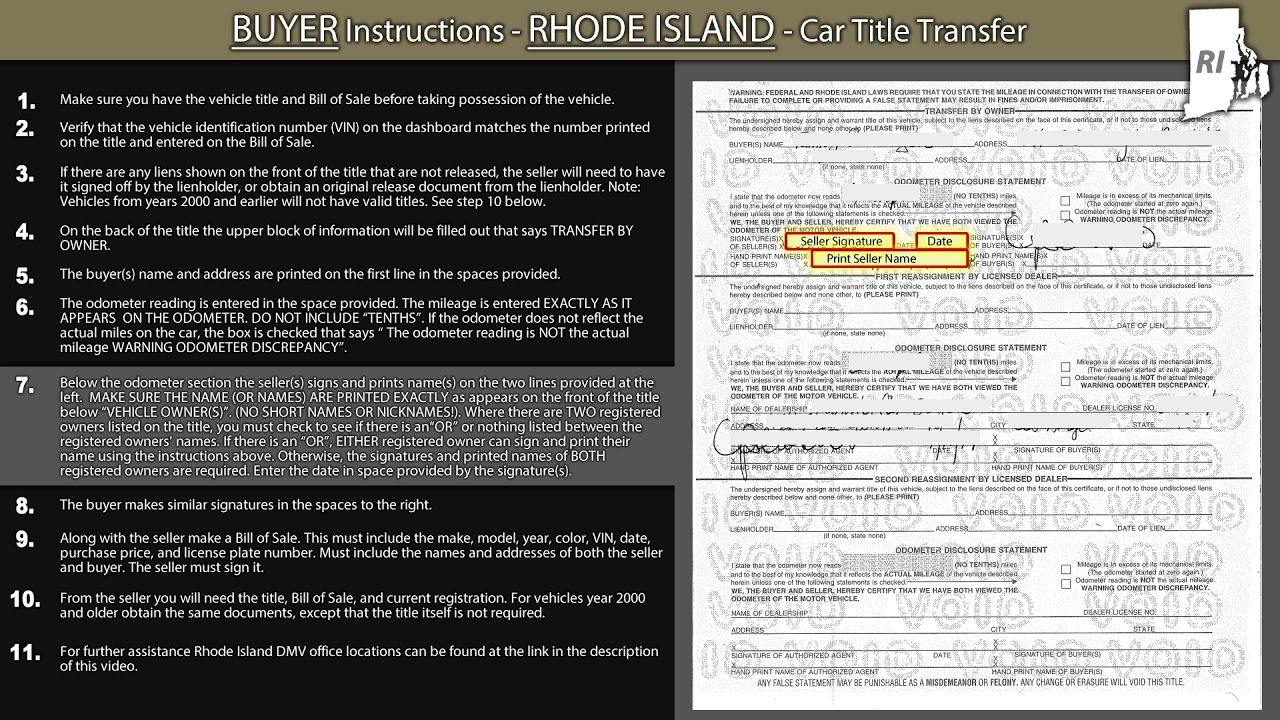Introduction to Magnolia Trees
Magnolia trees are renowned for their stunning, fragrant flowers and glossy, evergreen leaves. They belong to the Magnoliaceae family and are native to various regions across the globe. Magnolias are highly valued for their aesthetic beauty and are often used as ornamental trees in gardens and landscapes.
Climate and Soil Requirements
Magnolia trees generally prefer a moderate climate, characterized by mild winters and warm summers. They thrive in areas with a consistent temperature range of 50 to 80 degrees Fahrenheit. Magnolias also require well-drained soil that is slightly acidic. They do best in loamy or sandy soils that are rich in organic matter.
Native Range of Magnolia Trees
Magnolia trees are native to Asia, North America, and Central America. They are particularly abundant in regions such as the southeastern United States, China, and Japan. In these areas, they have adapted to the specific climate and soil conditions, allowing them to flourish in their natural habitats.
Magnolia Trees: A Brief Overview
Magnolia trees are known for their large, showy flowers that come in a variety of colors, including white, pink, purple, and yellow. They typically bloom in spring or early summer, adding a vibrant touch to any landscape. These trees are also characterized by their glossy, dark green leaves and attractive, cone-like fruits.
Magnolia Tree Varieties
There are numerous magnolia tree varieties available, each with its own unique characteristics. Some popular varieties include the Southern Magnolia (Magnolia grandiflora), Saucer Magnolia (Magnolia x soulangeana), and Star Magnolia (Magnolia stellata). These varieties differ in terms of size, flower color, and blooming patterns, providing a wide range of options for gardeners and enthusiasts.
Magnolia Tree Cultivation in Different Climates
While magnolias are well-suited to regions with moderate climates, they can be cultivated in a variety of settings. Some species, like the Southern Magnolia, are more resilient and can tolerate colder temperatures. However, others, like the Saucer Magnolia, are more sensitive to extreme cold and may require additional protection in harsh climates.
Can Magnolia Trees Survive in Rhode Island?
Given that Rhode Island experiences colder winters than the ideal climate for magnolia trees, it poses a challenge for their cultivation. However, with careful planning and appropriate care, it is still possible for magnolias to thrive in Rhode Island.
Factors Affecting Magnolia Tree Growth
Several factors can influence the growth and health of magnolia trees in Rhode Island. The most critical factor is the fluctuating winter temperatures, which can lead to frost damage or kill the trees altogether. Another factor is the soil composition, as magnolias prefer well-drained, slightly acidic soil, which may not be naturally abundant in Rhode Island.
Strategies for Growing Magnolia Trees in Rhode Island
To increase the chances of magnolia trees thriving in Rhode Island, there are several strategies that can be employed. One is to choose cold-hardy magnolia varieties, such as the ‘Bracken’s Brown Beauty’ or ‘Jane’ magnolias, which are more tolerant of colder climates. Additionally, planting magnolias in sheltered locations and providing winter protection, such as burlap wraps or mulching, can help mitigate the effects of freezing temperatures.
Potential Challenges for Magnolia Trees in Rhode Island
Despite the strategies mentioned above, there are still potential challenges for magnolia trees in Rhode Island. The unpredictable nature of New England winters, with sporadic temperature fluctuations and heavy snowfall, can pose difficulties for these trees. Furthermore, the pH of the soil in Rhode Island tends to be more alkaline, which may require additional amendment to create a more suitable environment for magnolias.
Alternatives to Magnolia Trees in Rhode Island
For those who are unwilling to take on the challenges of growing magnolia trees in Rhode Island, there are several alternative tree species that can offer similar ornamental value. Some options include flowering dogwoods (Cornus florida), cherry blossoms (Prunus serrulata), or serviceberries (Amelanchier spp.). These trees provide beautiful blossoms and can adapt better to the climate and soil conditions of Rhode Island.
Conclusion: Possibilities for Magnolia Trees in Rhode Island
While Rhode Island’s climate and soil conditions present challenges, it is possible for magnolia trees to thrive with careful planning and management. By selecting cold-hardy varieties, providing winter protection, and amending the soil, gardeners in Rhode Island can enjoy the breathtaking beauty of magnolia trees in their landscapes. Alternatively, there are a range of alternative tree species that can provide a similar aesthetic appeal in this region. With the right choices and care, Rhode Island residents can still enjoy the charm and elegance that magnolia trees bring to any outdoor space.





